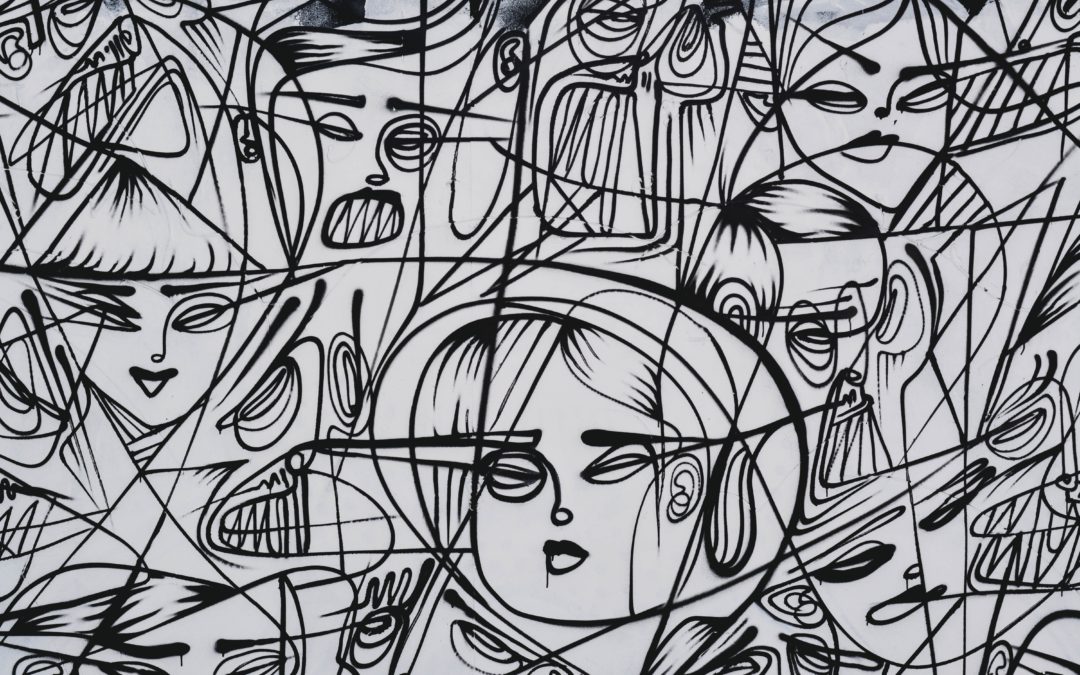Image Courtesy: https://unsplash.com/@contentpixie
Let’s play a game…
Name your favourite sculpture piece, by a female artist?
What is the name of your favourite classical musician, who is a woman?
What was the last museum exhibit you enjoyed, showcasing a female artist’s work?
How long did you take to come up with these names? Was it harder than you expected?
We asked similar questions in an icebreaker round of an editathon we had organized with Art+Feminism for a group of young and bright eyed students from one of India’s leading universities. They all shared a rich and diverse list of their favourite female artists and creators eventually, but each student confessed that it took them an embarrassingly long time to think of women artists in general.
This is one of the subtle ways in which gender bias in the arts, culture, media, and museum world become obvious. India has many female artists to boast of – Amrita Sher-gill, Jamini Roy, Anjali Ela Menon, Nalini Malani, Meera Mukherjee, Latika Katt… the list can go on, but most of them have either been recognized much later than their time, or after years of producing groundbreaking and meaningful work.

Nalini Malani – In Search of Vanished Blood, 2012
We at ReReeti have reflected on gender disparity in museum workforce and leadership here, here, and here, but the focus of the data in these articles is on international museums. There has been very little study on gender bias in the museum spaces and art galleries of India. As suggested by this heartwarming article, Breaking the mould: rise of female voice in art, things are definitely improving from the status quo in the decades of 50s, 60s, and 70s. But yet again, the recognition is coming from mainly international museums.
My focus in this blog post is not just the existing gender bias in India’s art and culture sector, but the ways its impact cuts across women’s representation in media. How much and how often are women artists covered in print and electronic media? Very little and infrequently. This became obvious to us while conducting research online for the Art+Feminism editathon, where the mission was to improve the content of Wikipedia pages of women artists of Karnataka. To empathise with our predicament, it helps to understand how Wikipedia works. Wikipedia is crowd-sourced online encyclopedia where all information researched and added needs to come from secondary sources available online or offline. This means that authors and contributors need information from already existing sources to populate and cite content on Wikipedia. But how can one do that if there are very little or poorly prepared secondary sources of information available?
This article by Wikimedia Foundation titled “Wikipedia is a mirror of the world’s gender biases” highlights the same issue – how does one improve the Wikipedia pages of well-accomplished artists who happen to be women when there is not much written about them in the media? This cycle of under-representation tends to enforce the long-existing perception of men’s artwork as more powerful and acceptable, where they have room to be radical and experimental, while women’s creative expressions are seen as challenging and creating noise if they don’t fall within the accepted norms. There is also the issue of the superstar effect, where some women artists become tokens or symbols for the vast community of female creators. This means that when bigger agencies like art fairs, auction markets, museums recognize these handful female artists, they think due diligence has been given to all female artists, and no more work is needed.
But, honestly, this is all really just speculation. There are no real figures or reports of any kind (at least, none that are publicly and easily available) about the gender bias in India’s art and museum world. So, this post is a call to action to the art community – let us work together to investigate and report on this under-representation of female painters, sculptors, creators, and document the way this bias impacts the people in this sector, and the larger society. If you think this kind of study could be monumental for our sector, and is waiting to be taken forward, send us an email and let’s collaborate!
About
Garima Sharma leads the education programming at ReReeti Foundation. Her interests and professional experience revolve around instructional design for informal learning spaces and content development for children and young people. She is curious about ways that science and social studies can come together to make learning more relevant and experiential for young learners.








Recent Comments